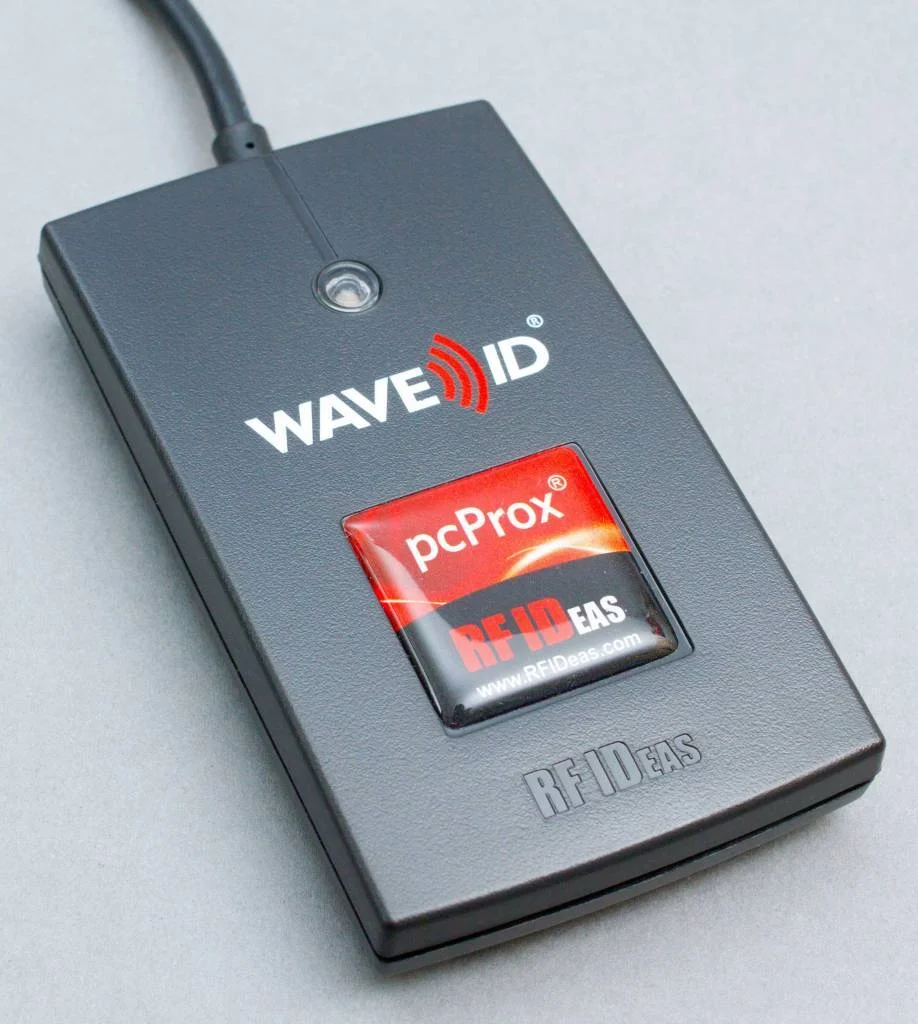A user-friendly, light-weight, and low-cost solution for collecting and analyzing space occupation and usage data in NYU Manhattan Campus.
Animated Data Dashboard Prototype
Created with Sketch + Principle
Daily Usage Chart
Weekly Usage in Comparison with History Average
Overall Usage Analysis
Finished Application Demo
After 2 months of designing and developing, we launched NYU Space and implemented it to multiple sites in NYU manhattan campus such as the La Guardia Studio, Kimmel Center. It has receive many positive feedbacks for its clean design and simple UX. Below is a video demo of the application.
PROCESS
DEFINE THE PROBLEM
NYU has more than 300 indoor spaces that are available for students to use. However, we do not know the occupancy rate of these spaces, nor who uses them.
With NYU Space Check-In, admins can easily collect check-in data, allowing them a better understanding of space-usage around NYU Campus and student needs.
TEAM
UX & Visual Design: Effy Fan
UX Development: Mingfei Huang, Adeola Uthman
User Flows Diagrams
For Admins
For End Users
Hardware Suggestion
The current equipment NYU uses are a RFID swiper, which is costly and hard to use. With this RFID Tapper we suggest, each space and reduce $1500+ in cost and get a faster check-in every-time a user enters the space.
Landing Page Design
Main Check-in Page Design
Data Visualization Dashboard
This page allow admins of the spaces to approach the usage data very easily. The can see the most recent usage trend of the day, a comparison of average data and last week’s data, and see an analysis of the overall usage. The raw data is also available for the users to view and download with one click.
Take Aways
This was my first real-world professional UX project, and I’m proud that our small team successfully completed it within a short timeframe. Through this experience, I learned how to plan sprints more effectively, rapidly build minimum viable prototypes to communicate design intent, and collaborate and align with developers more persuasively.
After three months of implementation, NYU decided to adopt a vendor solution to replace all existing check-in applications across campus. As a result, we began exploring new use cases for NYU Space beyond its initial scope. This pivot taught me the importance of proactively identifying potential stakeholders and quickly establishing user groups to sustain product relevance.
The lessons I gained from designing and adapting NYU Space have strengthened my ability to develop strategic, user-centered design solutions and navigate evolving project requirements in future work.












